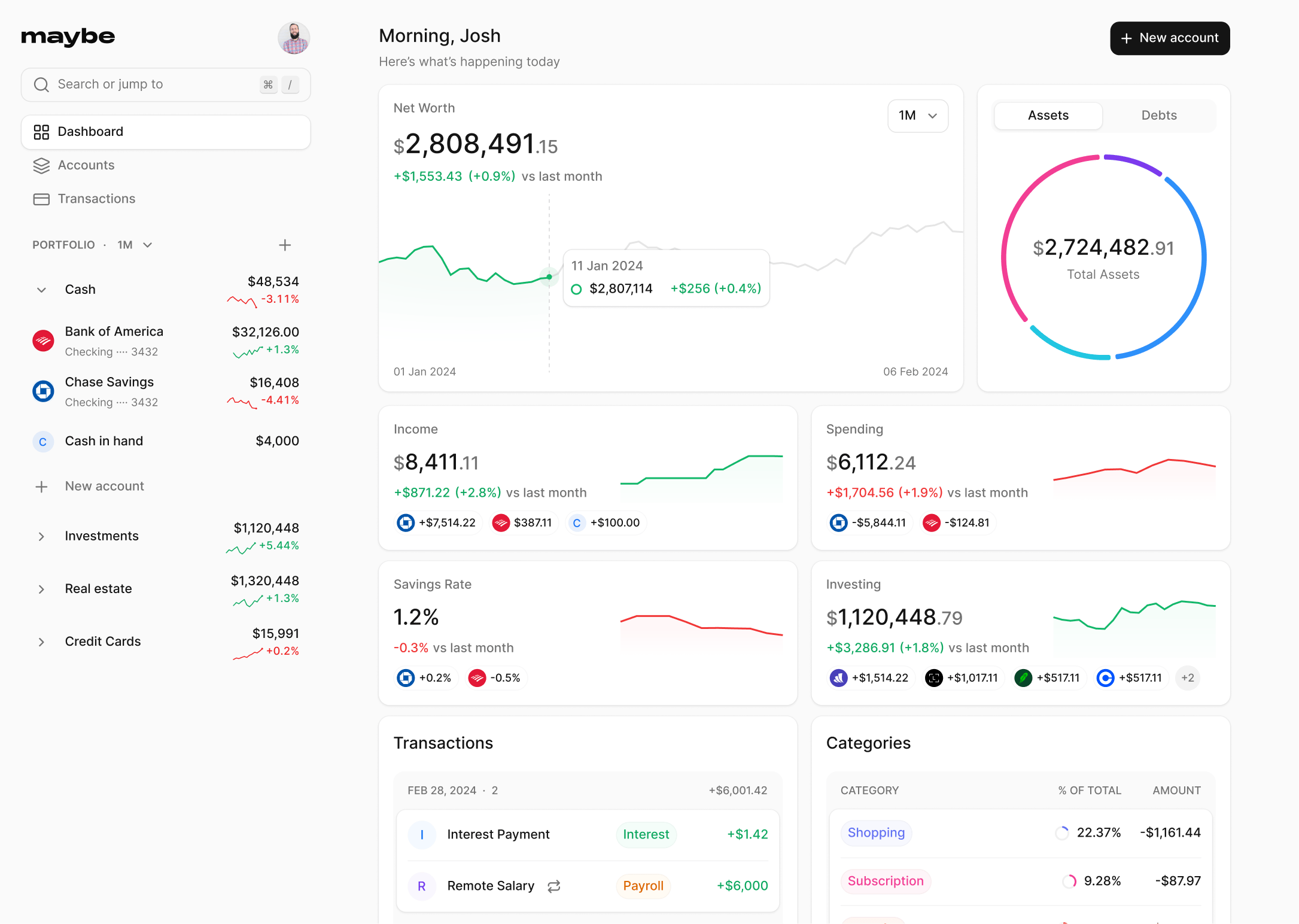How the Market Works: Demystifying Stock Market Operations

Author
Josh Pigford
The market, particularly in capital markets, comprises a complex network where various entities interact to facilitate the issuance, buying, and selling of securities. Primarily, these markets are segmented into two main types: the primary market and the secondary market. The primary market is crucial for the initial issuance of securities such as stocks and bonds, where corporations engage with investors to raise capital for growth and expansion. Conversely, the secondary market supports the trading of these securities among investors post their initial issuance, thus providing liquidity and enabling price discovery based on supply and demand dynamics.
Key Players and Their Roles
Corporations and Institutions
In the primary market, the key players include corporations seeking to raise funds and institutions looking to invest capital. Corporations issue securities like stocks or bonds to gather funds necessary for expansion or operational needs. Institutions such as mutual funds, pension funds, and other large investors provide the needed capital in exchange for financial securities, which is pivotal in supporting corporate growth initiatives.
Investment Banks and Public Accounting Firms
Investment banks act as intermediaries in these transactions, aligning corporate needs with investor expectations and managing the complexities of security issuance. They perform critical roles, including financial advisory, risk assessment, and ensuring regulatory compliance. Public accounting firms complement these functions by auditing financial statements, ensuring transparency, and enhancing trust among market participants.
Secondary Market Intermediaries
Once securities are issued, the secondary market takes over with its own set of intermediaries, including additional investment banks, trading firms, and brokers. These entities facilitate the trading of securities, providing services such as market making, equity research, and trading execution. Their activities ensure that the market remains liquid, allowing securities to be bought and sold with relative ease, which is crucial for price stability and investor confidence.
Through these interactions and transactions, the market serves as a critical component of the broader financial system, influencing economic trends and corporate strategies. The efficient functioning of both primary and secondary markets is essential for economic growth, corporate success, and investment returns.
Mechanics of the Market
How Buying and Selling Work
The process of buying and selling stocks is fundamental to the mechanics of the market. Stocks, representing shares of a company, are continuously bought and sold on various stock exchanges through a system that ensures both transparency and efficiency. The typical transaction involves an investor buying stocks to invest in a company and potentially selling them later at a higher price for profit.
- Order Placement: Investors place orders through brokers or directly via online platforms, specifying the number of shares and the price they are willing to pay (bid) or accept (ask).
- Order Matching: Stock exchanges match buy orders (bids) with sell orders (asks). If the bid price meets the ask price, a trade is executed.
- Transaction Completion: Once a match is found, the exchange records the transaction, and the shares are transferred between the respective buyer and seller accounts.
Strict regulations safeguard this process, preventing fraud and ensuring fair trading practices, thereby maintaining investor confidence.
Role of Stock Exchanges
Stock exchanges are pivotal in the mechanics of the market, providing the infrastructure necessary for the orderly trading of stocks and other securities. Here are key roles played by these exchanges:
- Capital Raising: Companies raise money through Initial Public Offerings (IPOs) and further offerings, enabling them to expand and invest in new projects.
- Liquidity Provision: Exchanges facilitate the buying and selling of stocks, providing liquidity that allows investors to easily enter and exit positions.
- Price Discovery: Continuous trading helps determine the real-time prices of stocks based on supply and demand dynamics.
- Market Surveillance: Exchanges monitor trading activity to detect and prevent manipulative and fraudulent trading practices.
Major Stock Exchanges
- NYSE and Nasdaq: These are among the largest exchanges globally, with the NYSE operating via a hybrid model that includes both floor trading and electronic systems. Nasdaq is renowned for its high-tech trading platform.
- International Exchanges: Other major stock exchanges include the London Stock Exchange, Tokyo Stock Exchange, and Shanghai Stock Exchange, each playing a critical role in their respective markets and globally.
Trading Mechanisms
- Auction Market: Operates on the principle of matching the highest bidding price with the lowest asking price. The NYSE is an example of an auction market.
- Dealer Market: In markets like Nasdaq, transactions are facilitated by market makers who buy and sell stocks from their inventories.
Technological Advancements
- Electronic Trading: The majority of trading is now conducted electronically, which enhances the speed and efficiency of transactions, reducing costs and improving accessibility for investors worldwide.
Stock exchanges and the mechanisms for buying and selling stocks are crucial for the efficient functioning of the financial markets. They impact economies at both the micro and macro levels by providing a structured environment for trading, helping to allocate resources and supporting economic growth.
Factors Influencing the Market
Economic Indicators
Economic indicators play a pivotal role in shaping market dynamics by reflecting the underlying health of the economy. Gross Domestic Product (GDP) is a primary indicator, measuring the total value of goods and services produced over a specific period. It acts as a comprehensive gauge of economic activity and health. Similarly, employment metrics such as the unemployment rate and nonfarm payroll reports provide insights into labor market conditions, influencing investor confidence and market behavior.
Inflation rates, tracked through the Consumer Price Index (CPI) and Producer Price Index (PPI), also significantly impact market conditions. These indices measure the average change over time in the prices paid by urban consumers for a market basket of consumer goods and services. Fluctuations in these rates can affect consumer spending, which constitutes a large portion of economic activity.
Political Events
Political stability and policy decisions are critical factors that can influence market performance. Regulatory changes, fiscal policies, and political stability play crucial roles in determining a country's investment climate. For instance, changes in trade policies or regulatory frameworks can directly impact industries and sectors by altering their operational landscape and profitability.
Political events can also lead to market volatility. Elections, policy shifts, and geopolitical tensions can cause uncertainty, leading investors to react swiftly to perceived risks or opportunities. For example, unexpected political events can trigger rapid changes in market sentiment, influencing stock prices and investment flows.
Market Sentiment
Market sentiment reflects investors' overall attitude toward a particular market or security and is a powerful driver of stock prices. Various factors, including economic indicators, political events, and media reports influence it. Sentiment can be bullish (positive) or bearish (negative), and it often dictates the short-term movements of the markets regardless of underlying fundamentals.
Tools such as the Consumer Confidence Index and the CBOE Volatility Index (VIX) are used to gauge market sentiment. These indicators provide insights into how confident consumers feel about the economy's current and future prospects, as well as the market's expected volatility. For instance, a high VIX value might indicate that investors expect significant price fluctuations, which could be due to uncertainty or negative sentiment.
Market sentiment is also influenced by technological advancements and social media, where rapid dissemination of information or rumors can lead to immediate and significant market reactions. This aspect of sentiment is particularly potent in today's digital age, where information travels faster than ever before, significantly impacting stock prices and market trends.
Investment Strategies
Long-term vs Short-term
Investors face a fundamental choice between long-term and short-term investment strategies, each defined primarily by the investment horizon. Long-term investments are typically held for over a year, often spanning decades, and are driven by goals such as retirement savings or funding a child's education. These investments, like stocks, bonds, and real estate, may experience short-term volatility but generally offer greater growth potential over time due to the power of compounding returns.
Conversely, short-term investments usually last less than a year and aim to achieve quicker, more immediate returns. Common short-term investments include high-yield savings accounts, certificates of deposit (CDs), and money market accounts. These options are preferred by those who might need quick access to their funds or are averse to the risks associated with the stock market's volatility.
- Understanding Time Horizons: The duration of investment significantly influences the choice between long-term and short-term investments. For instance, someone with a timeline of more than ten years might choose equities, which, despite their volatility, offer higher potential returns. In contrast, an individual looking to make a major purchase within a year might opt for a safer, more liquid investment like a high-yield savings account.
- Risk and Return Considerations: Long-term investors are generally able to tolerate higher levels of risk and volatility, given their extended time horizon. This allows them to recover from short-term market dips. Short-term investors, however, often seek lower-risk investments to preserve capital as their investment window does not allow recovery from significant market declines.
Risk Management
Effective risk management is crucial to successful investing, whether one opts for a long-term or short-term strategy. Managing investment risk involves understanding and mitigating potential losses to preserve capital and achieve financial goals.
- Setting Stop-Loss and Take-Profit Points: Investors often use stop-loss orders to limit potential losses. For example, setting a stop-loss order at 5% below the purchase price can prevent larger losses in a declining market. Similarly, take-profit points can be set to secure profits by selling a stock when it reaches a predetermined price level.
- Diversification: One of the most effective strategies for managing risk is diversification---spreading investments across various asset classes, sectors, and geographies. This approach helps reduce the impact of a poor performance by any single investment.
- Using Technical and Fundamental Analysis: Investors can use technical analysis to set strategic stop-loss or take-profit points based on historical price movements and trends. Fundamental analysis, on the other hand, involves evaluating a company's financial health and market conditions to make informed investment decisions.
- Hedging: Hedging involves taking an offsetting position to protect against potential losses. For example, buying put options to hedge against a potential decline in stock prices can help limit downside risk.
By integrating these strategies into their investment approach, investors can protect their capital while striving to achieve their financial objectives, whether they are investing for the short term or the long term.
Ask Maybe: Pay down student loan debt or contribute to 401(k)?
Travis Woods
Loud Budgeting: A Step-by-Step Guide to Financial Success

Josh Pigford
Why raise any money?

Josh Pigford
Join the Maybe  waitlist
waitlist
Join the waitlist to get notified when a hosted version of the app is available.
